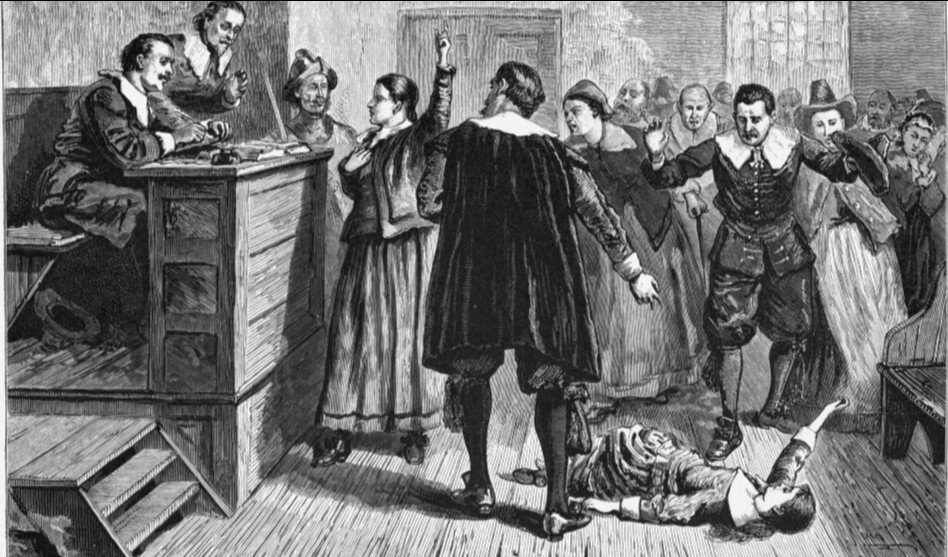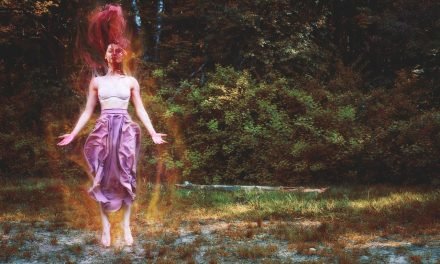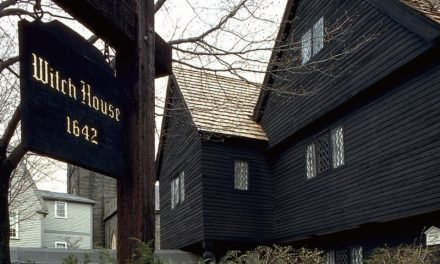During a dark year in Salem, Massachusetts, several citizens were accused and tried for practicing witchcraft. Yet, through the years since, these victims of the Salem witch trials were exonerated for their perceived crimes.
A strange January of 1692
In January 1692, several girls fell ill and started acting strangely. Word began to spread that the girls had encountered some evil supernatural force or were even possessed by the devil.
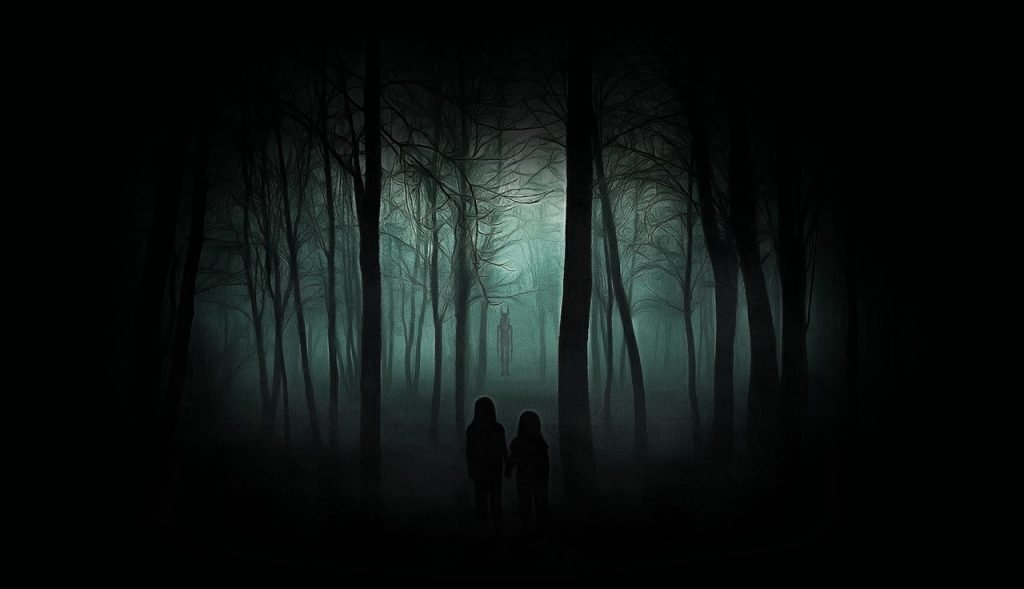
What were the girls’ names in the Salem witch trials?
Among the “afflicted girls,” Betty Parris, Mercy Lewis, Mary Walcott Abigail Williams, and Ann Putnam Jr. all experienced extreme pain, high fever, and fits similar to epilepsy. These symptoms came with odd behaviors like hiding under the bed. Later, some other girls – Susannah Sheldon, Elizabeth Booth, Elizabeth Hubbard, and Mary Warren – followed with nearly identical symptoms.
The local doctor, Dr. William Griggs, could not find anything medically wrong with them. His examinations led to one conclusion — the group was bewitched from playing a fortune-telling game.
Who were the first 3 witches in Salem village?
Tituba, an enslaved person, alongside Sarah Good and Sarah Osburn, became the target of blame. The girls claimed the three women cast a spell on them. Since the women were considered social outcasts, it was not hard to believe they were witches.
The women were promptly arrested and integrated on March 1. Tituba confessed to practicing witchcraft and consorting with Satan, while the other two women had similar stories.

Witch hunts in Salem village
Once the confessions spread through Salem, the locals became hysterical, which started a massive witch hunt. The townsfolk soon began accusing anyone they had a grudge against of being a witch. Anyone who opposed the idea of Satan’s evil presence in Salem was added to the list of the accused.
It didn’t take long before more witches were named. Martha Corey, Rebecca Nurse, Rachel Clinton, and Dorothy Good were taken into custody in March 1692. This was followed in April with over 20 more arrests, which included both men and women.
By June, the arrests tapered off, but not before 200 people were put in custody. Underneath the jail was a dungeon, where most of the “dangerous” prisoners were held. In an attempt to keep the witches from escaping with the help of the devil or deceptive magic, the accused were chained to the walls.
The Salem witch trials begin in 1692
As witchcraft cases began to build up, Gov. William Phips established the Court of Oyer and Terminer to hear the Salem witch trials. This special court was made up of eight judges as defined by English law.
Each of the accused witches had to face the court, and a jury would decide if they were to be indicted. If a trial was to be held, the accused witches had to choose between a guilty or not guilty plea.

Who were the witches convicted in Salem village?
Official Massachusetts Bay colony records indicate 19 people were convicted and sentenced to death. The victims were a mix of both men and women.
Bridget Bishop was not the first to be accused, but she was the first victim to be convicted. After a week-long trial that started on June 2, the wife of Edward Bishop was hanged near Gallows Hill, now known as Proctor’s Ledge. The following month, five more executions took place, including Rebecca Nurse and Sara Good.
Most of the suspected witches were thought of as community outcasts, with the exception of Rebecca Nurse. She was well-respected and loved by Salem residents. Upon her arrest, many pleaded for her release.
During her trial, a not guilty verdict was rendered. However, as the verdict was read, the “afflicted girls” began to convulse in the courtroom. This led to reconsideration, and Nurse was found guilty of the crime the following week. She was executed on July 19.
When the Salem witch trials began, Sara Good was pregnant and known to beg for food and money. Good’s trial began on June 29 and ended with her execution nearly a month later.
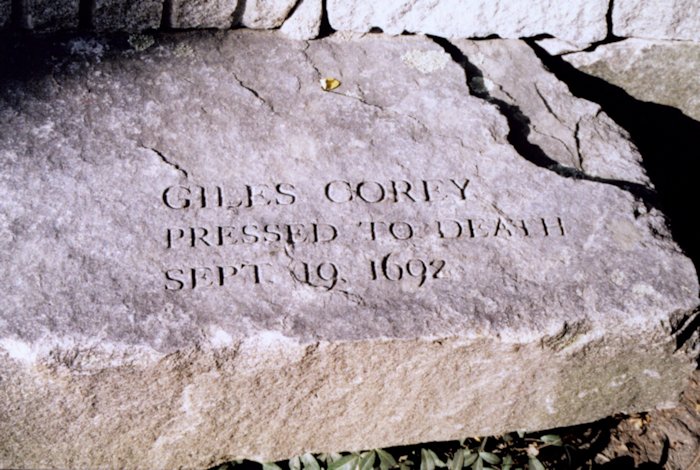
The one victim was ‘pressed’ to death
While not convicted, one man was ultimately crushed to death for his alleged crimes. At the time 81 years old, Giles Corey was accused of witchcraft but refused to plead guilty. Under English Common Law, this meant torture for the accused. This torture would continue until either a plea was entered, or death occurred.
For two days, Corey endured a torture method known as “pressing.” The accused is forced to lie down, face up with a wooden board across the chest. Then, heavy stones are placed on the board. The weight gradually increases until a confession is made. Giles Corey refused to enter a false guilty plea, so he chose to suffocate instead.
Some victims of the Salem witch trials died waiting for trial
Four people died in witch jail simply waiting for their trials to begin. Those victims were Sarah Osbourn, Roger Toothaker, Lydia Dustin, and Ann foster.
John Alden’s escape from the Salem witch trials
While passing through Salem village, Captain John Alden Jr. nearly lost his life in the witch hunt hysteria. The son of a Mayflower crew member, Alden spent many weeks in jail after a child accused him of witchcraft. With some cunning, he escaped the jail and fled to New York.
Some victims weren’t even human
Records indicate there were at least two victims of the Salem witch trials who walked on four legs. Two dogs were shot when someone accused them of being witches in disguise.
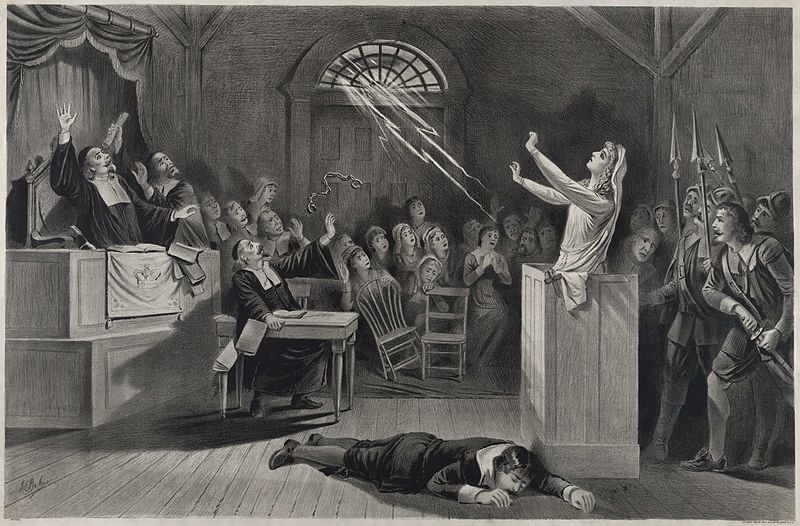
How were victims executed?
Most people think of witches being burned at the stake. However, this is mostly legend and Hollywood. The typical death sentence involved hanging until death. English law did not allow burning at the stake except for men who committed treason.
Some did not approve of the Salem witch trials
While many citizens dare not oppose the witch trials, one local farmer refused to believe the devil was at work. John Proctor thought the idea of witchcraft in Salem was preposterous and claimed the girls were nothing more than scam artists causing trouble. He even publicly declared that the girls’ fits could be cured with a “good whipping.”
Just like others who scoffed, Proctor and his whole family were accused of witchcraft. He was among the convicted and was hanged on August 19, 1692.
The Salem witch trials come to an end
Around September, many other colonists started to disapprove of the trials, thinking that many of these victims may in fact be innocent. As discourse grew, Salem clergymen spoke out about the cruelty of the trials and called for them to stop.
The break came when it was declared “spectral evidence” could not be used in court. This type of evidence relied on dreams and visions, which could be faked by accusers.
Salem residents make amends
When the hysteria of the trials finally subsided, Salem residents felt shame and regret about their witch hunt. The following years saw smallpox outbreaks, droughts, and crop failures, leading many citizens to believe God was punishing them.
To make amends, the governor issued a proclamation in December 1697. On the Day of Official Humiliation, every January 15, the colony prayed and remembered the victims that were accused and found guilty during the trials.
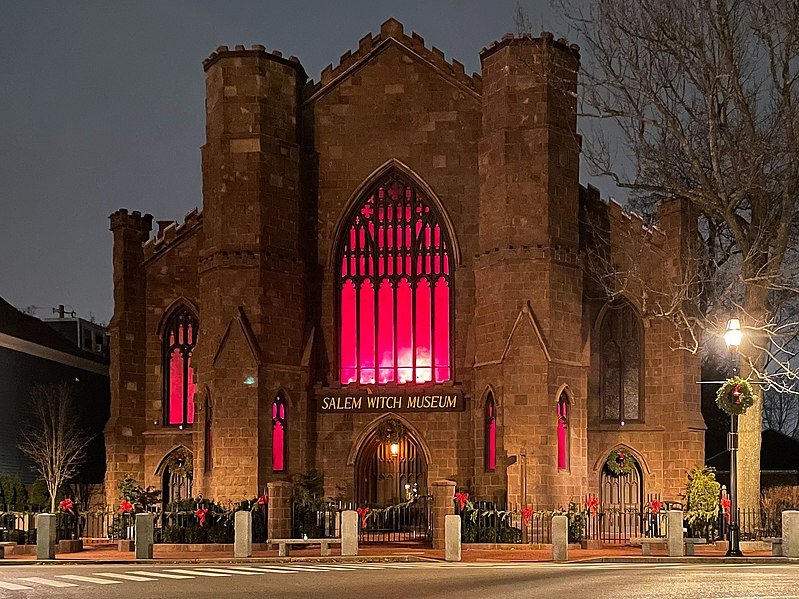
Official exoneration
Later, in 1711, the colony made amends on legal paper by declaring the previously accused witches were innocent. A year later, many of the victims’ families were paid £600 in restitution.
However, not everyone was cleared. Almost 270 years after the Salem witch trials, Massachusetts Gov. Foster Furcolo signed a 1957 law that apologized for the trials and exonerated any victims not included in the 1711 law.
In 1992, Salem officials approved and built a memorial to remember the accused during the witch hunts as well as a Salem Witch Museum. Nearby Danvers created the Salem Village Witchcraft Victims’ memorial as well.
Why did the trials happen?
No one can fully explain the cause behind the witch trials that occurred in Salem village. Over the years, so many theories were proposed: community rivalry, epilepsy, ergot poisoning, Lyme disease, and even cold weather and boredom.
Most likely it was heightened awareness and anxiety related to the evil power of the devil. In 17th-century New England, religious villages feared the clutches of Satan would envelop and take over a community. This common fearfulness made it easy for hysteria to spread and witch hunts to ensue.
While the names of the victims of the witch trials have been cleared, the memory of this dark time in New England history will never be forgotten. Every year, nearly 500,000 people trek to Salem, Massachusetts, primarily in October, to visit the place where Halloween is celebrated like nowhere else.

